- Traverse City, MI |
-
West: W Front St:
(231) 944-6541
-
| Central: Munson Ave :
(231) 421-9300
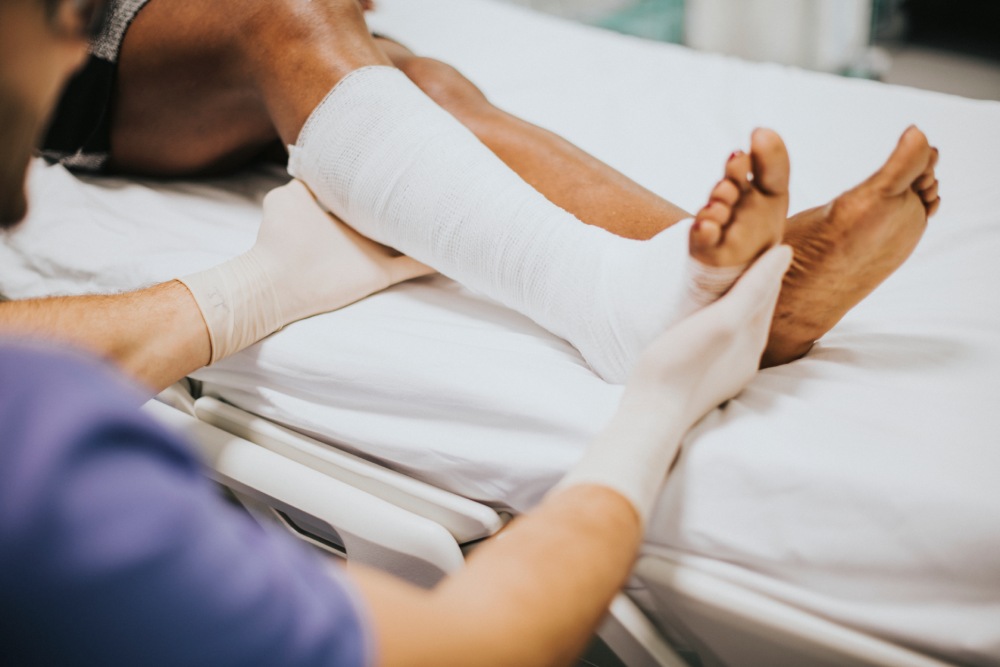
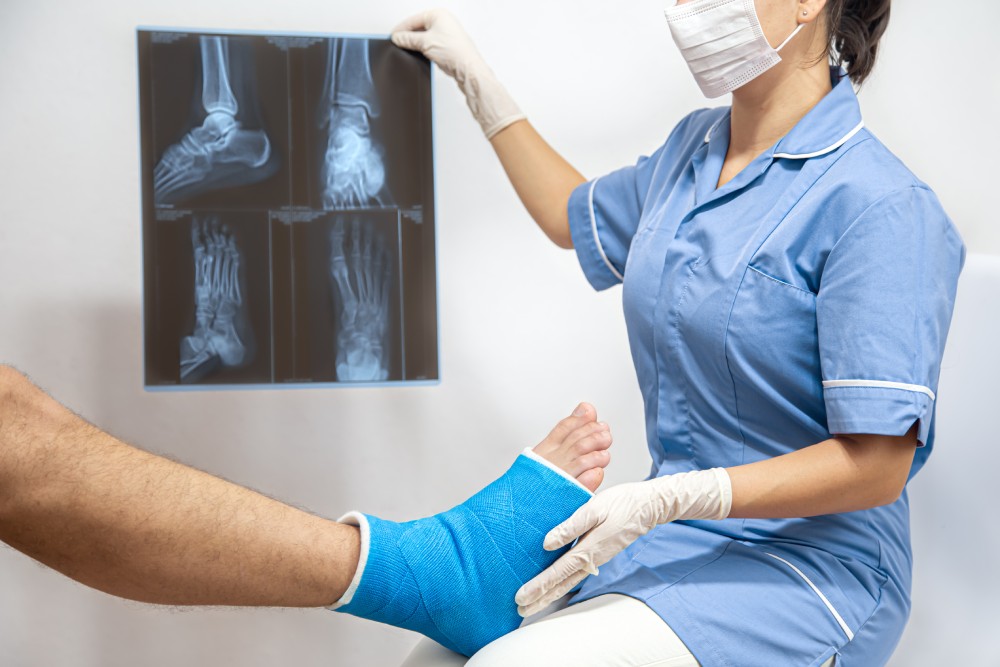
Effective Fractures Treatment focuses not just on the healing the bone, but also the muscles and ligaments.
Fractures or bone fractures happen when there is a break in the continuity of the bone.
Fracture is a medical condition that, in the majority of cases, is caused by high force trauma or stress. This break can range from a thin crack to the bone shattered into several pieces.
There are also some medical conditions that reduce the strength of bones, causing them to weaken and become more susceptible to breakage.
Fracture therapy is necessary to mend these breaks.
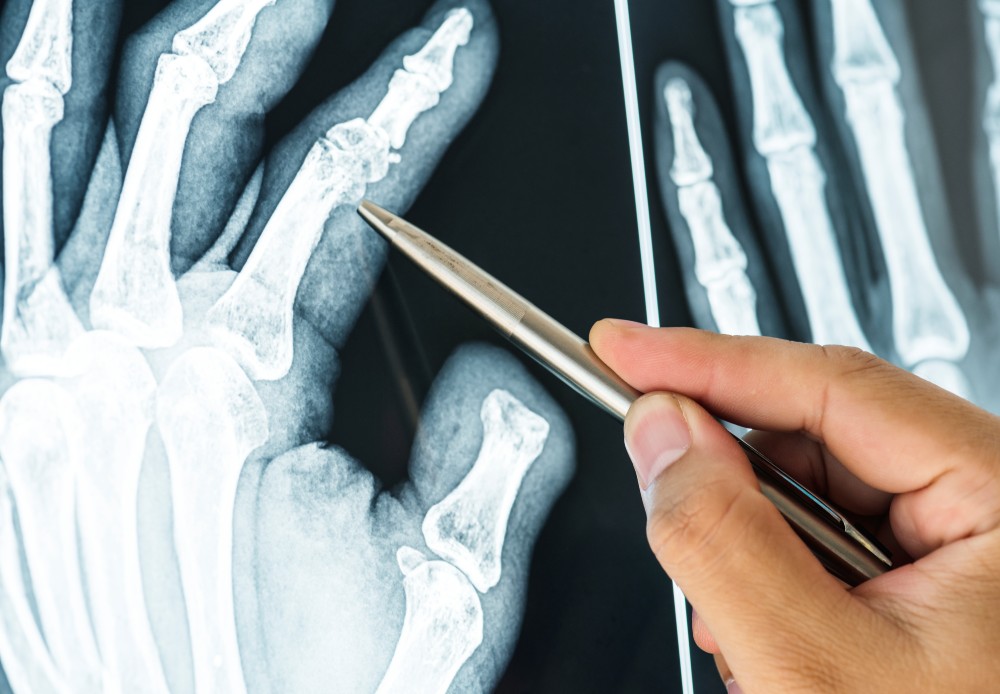
In closed fractures, the surrounding skin is not broken by the piece of bone. It can also be called a simple fracture because the break is isolated inside the skin.

On the other hand, open or compound fractures happen when the bone breaks through the skin causing it to be exposed along with other internal tissues. This will also likely involve bleeding. Since there is exposure, there is a high risk of infection with this type of fracture.

There are several types of complete and incomplete fractures.
In incomplete fractures, the bone does not break all the way through. This includes the following fracture types:
Hairline fractures – When there is only a thin crack in the bone.
Buckle or torus fractures – When the bone is broken on one side and a bump develops on the opposite side.
Greenstick fractures – When the bone is partly broken on one side and the other side is bent.
Both the torus and the greenstick fractures are more common in children because their bones are more elastic.
In complete fractures, the bone completely breaks. This includes the following fracture types:
Single fractures – When the bone breaks in one place and separates into two pieces.
Comminuted fractures – When the bone is crushed or shattered into three or more pieces.
Compression fractures – When the bone breaks under pressure.
Segmental fractures – When the bone is broken in two places and a piece of the bone is left unattached.
Nondisplaced fractures – When the bone breaks but the pieces remain aligned.
Displaced fractures – When the bone breaks and the pieces are out of alignment.
The following symptoms may vary depending on which bones are broken and how they are broken. The patient’s age and health are also factors.
Pain, bruising, and swelling.
Skin discoloration on or around the affected bone.
Unusual bending in the affected area or angulation.
Patient is unable to sustain weight on the area.
Patient is unable to move the area.
Bleeding, if the bone pierces the skin.
Grating sensation in the bone or joint affected.
In larger bones like the femur or the pelvis, there may be dizziness and nausea. The patient may also be visibly pale and sick.
Normally, a healthy bone is able to withstand powerful impacts and great amounts of pressure. When a bone does break, the following circumstances are the likely causes:
Falls
Car collisions
Other accidents
Repeated strains or stresses on the bone. This is called a stress fracture. Athletes are prone to this.
Children because of their more physically active lifestyle.
Weaker bones because of ageing.
As mentioned above, aside from ageing, certain medical conditions can also cause the bone to weaken to the point of breaking. These fractures are collectively called pathological fractures. The following conditions may be the causes:
Osteoporosis
Certain cancers
Infection
Learn the fascinating details on how fractures heal by Clicking Here.
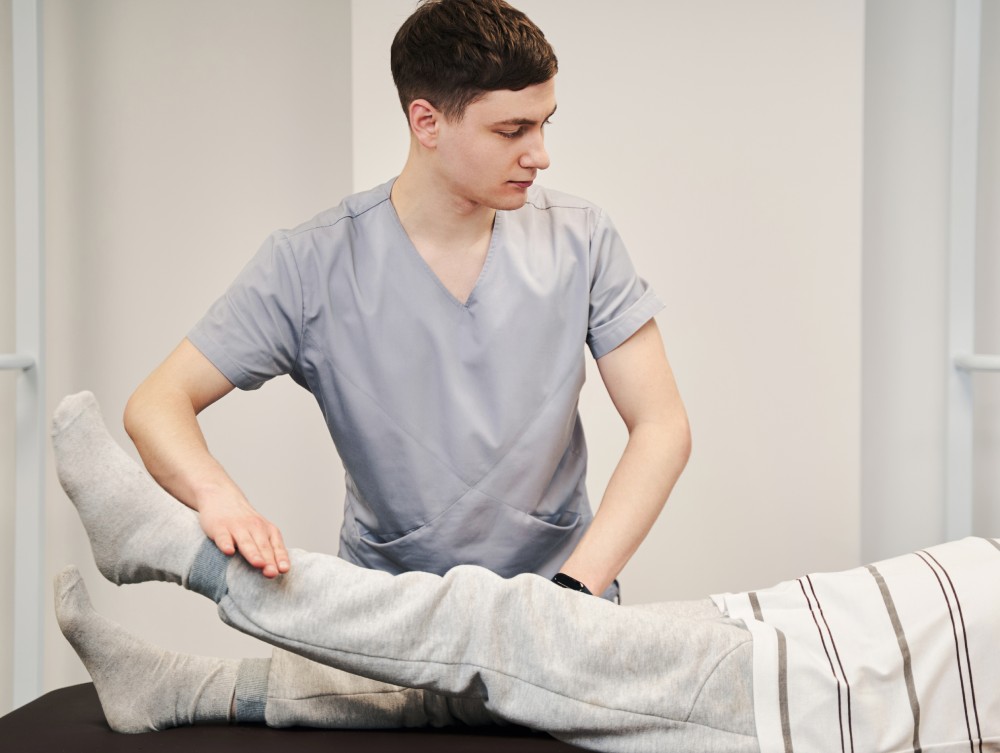
After a visual inspection, the doctor will conduct a physical examination to determine whether there is a fracture and possibly what type of fracture the patient has. This examination includes asking the patient to move the affected area.
An x-ray will also likely be recommended to find out the exact location and the extent of the break. It is also used to see whether there are other signs of damage in the affected area.
In some cases, an MRI or CT scan may also be conducted to examine the surrounding tissues.

The type of treatment for bone fractures depends on the following factors:
Age and overall health of the patient
The extent of the break
The patient’s tolerance for medications and procedures
Course of the condition
Treatment options may include:
Splint or cast
Medication
Traction
Surgery
The goal of these traditional treatment options is to control the pain and prevent complications while waiting for the bones to heal themselves.
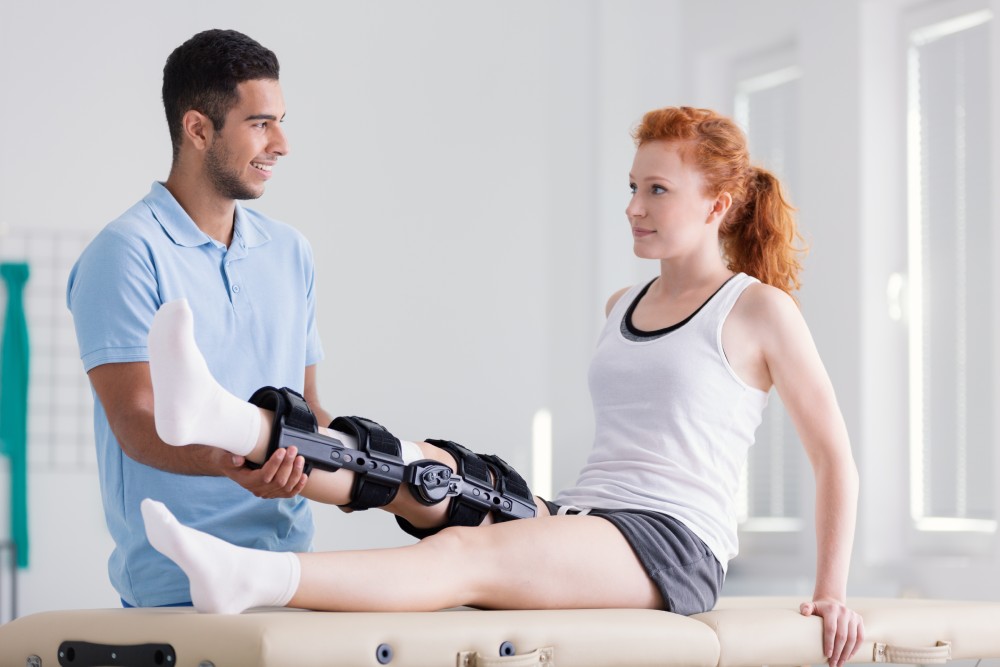
Apart from reportedly only working approximately 45% of the time, these traditional treatment options are only designed to address the problem at hand and not the more important, underlying cause. A fracture, for example, may be caused by weakness elsewhere in the body.
This is where Superior Physical Therapy treatment options come in. Through a quick and easy discovery call with our Dr. Andrew Gorecki, we can begin to unravel the main source of fractures, bone weakness, or pain. We work together with patients to ensure lasting solutions with the following:
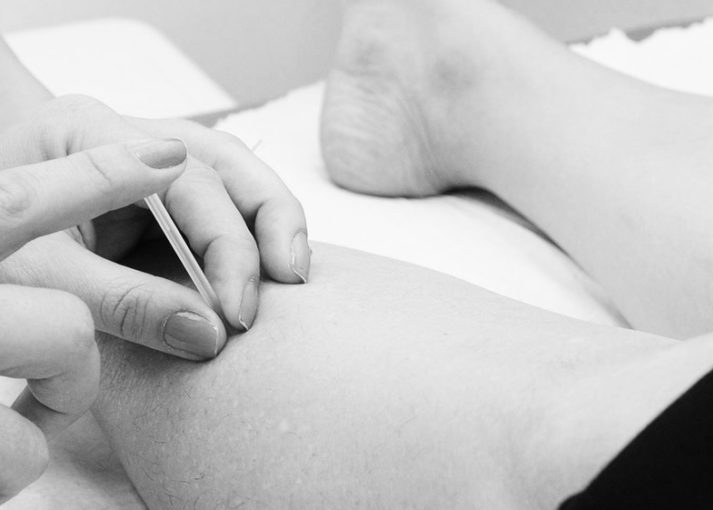
The most important element of healing is identifying the cause. The cause is a movement disorder somewhere else in the body that is creating more stress in the injured area than the tissue can handle. A full body movement assessment is the most important aspect in finding the true cause. This involves assessing how mobile and stable the areas above and below the injured tissues are. Once the dysfunctional areas are identified the physical therapist can then prescribe home treatments to fix the problem areas.
In order to improve motion in the dysfunctional areas that are causing the increased stress on the painful injured tissues the most effect way to make a change in the body is to have a physical therapist use their hands to facilitate the proper motion while you are moving at the same time. This helps improve the path the body takes in order to reduce stress and tenson on the injured area.
Dr. Gorecki has spent the last 15 years helping patients with his “Superior Method.” This technique has aided in finding lasting relief from pain, pressure, and persistent trauma. It does not involve medication or surgery and it is affordable.
Get lasting relief from your fractures when you book a FREE consultation with Dr. Gorecki. Call 231.944.6541 or email info@thesuperiortherapy.com.
